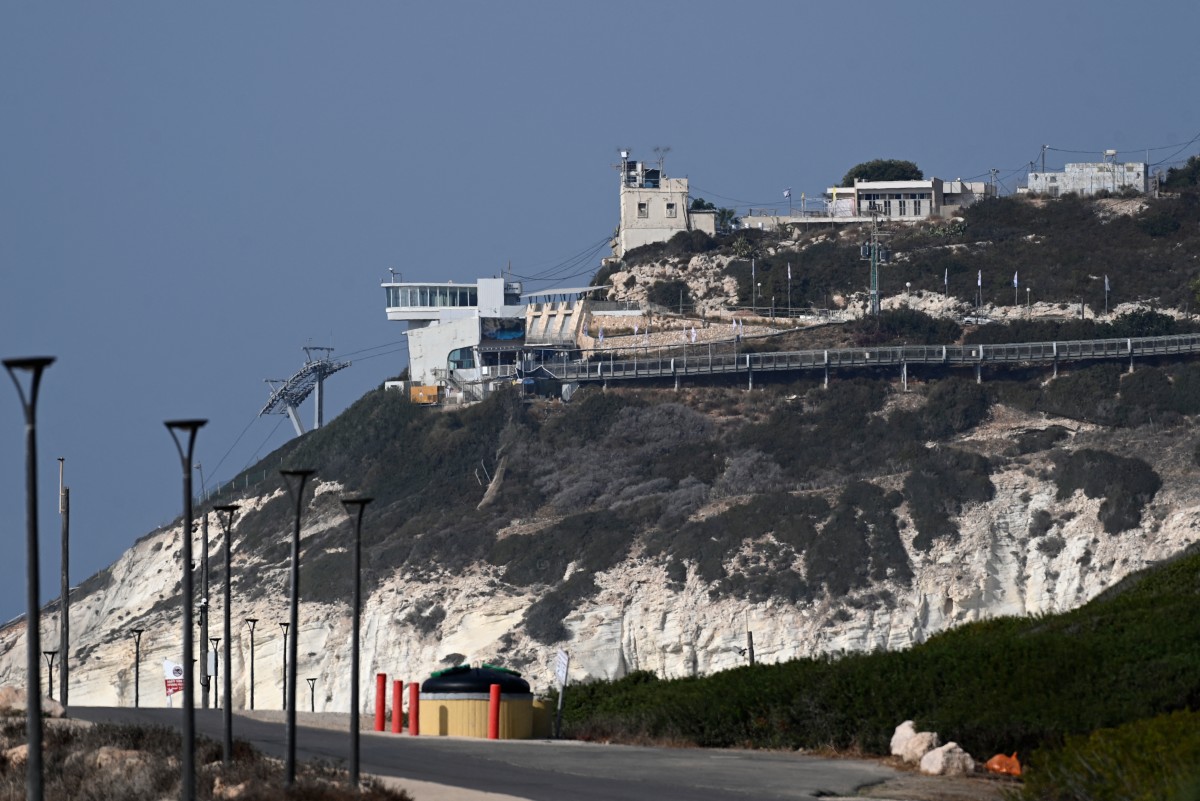Beirut, Lebanon – US troops have been redeployed to the eastern Mediterranean, forty years after one of the deadliest attacks on US troops in the Middle East, raising concerns about the potential for a new conflict in the region, Associated Press reported today.
On October 23, 1983, a suicide bomber targeted an American military barracks at Beirut International Airport, resulting in the tragic loss of 241 US service members, primarily Marines. It remains the deadliest attack on Marines since World War II’s Battle of Iwo Jima. A simultaneous attack on French forces in Beirut claimed the lives of 58 paratroopers.
The US attributed the bombings to the Lebanese militant group Hezbollah, a claim that Hezbollah, backed by Iran, denies. American and French forces were stationed in Beirut as part of a multinational force deployed following Israel’s invasion of Lebanon in 1982. This force oversaw the withdrawal of Palestinian fighters from Beirut and stayed on to support the Western-backed government. The barracks bombing led to the US withdrawal from Lebanon.
The recent deployment of US forces in the eastern Mediterranean, including the aircraft carrier USS Gerald R. Ford and other warships, is widely viewed as a message to Iran and Hezbollah. It aims to discourage them from opening new fronts as Israel engages in a conflict with Hamas.
Tensions between the US and Iran have been escalating due to the ongoing war between Israel and Hamas. The Palestinian militant group’s surprise attack on southern Israeli towns on October 7 triggered significant Israeli airstrikes on the Gaza Strip, raising concerns of the conflict expanding.
The most pressing concern is the border between Lebanon and Israel, where Israel and Hezbollah frequently exchange fire. However, other potential flashpoints exist. There are about 2,500 US troops in Iraq and approximately 900 in eastern Syria, engaged in missions against the Islamic State group. In both countries, Iran-backed militias have previously targeted American forces following the Gaza conflict.
The risk of American forces coming under attack could increase if Israel launches a ground invasion of Gaza to defeat Hamas, as they have pledged to do.
US Secretary of State Antony Blinken and Defense Secretary Lloyd Austin have expressed their readiness to respond if American personnel or armed forces are targeted. However, they emphasized a desire to avoid escalation.
Iran, often seen as leading an “axis of resistance” with regional factions, including Lebanon’s Hezbollah, holds the potential for significant conflict. Despite this, many analysts believe an all-out regional war that would directly involve the US and Iran remains unlikely.

